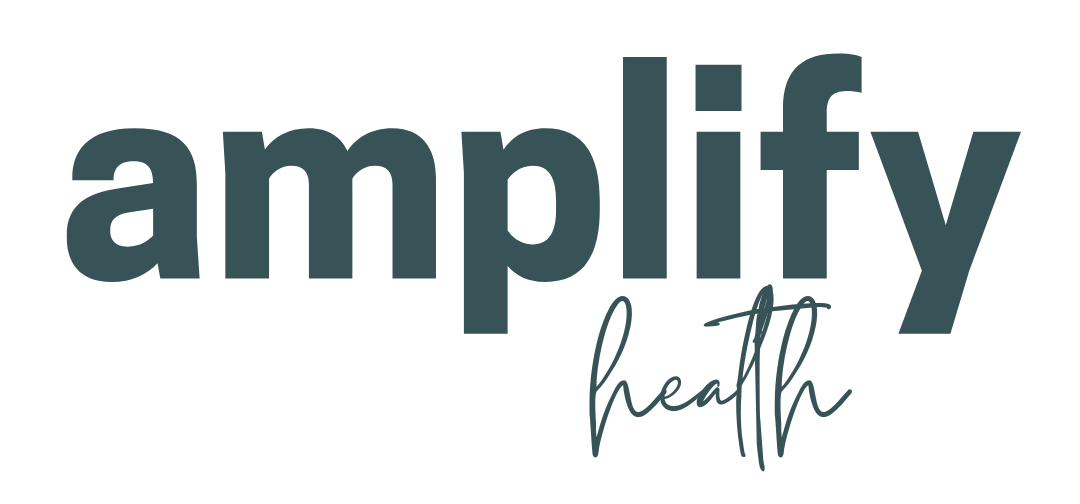If you’re running a B2B healthcare organization, your monthly newsletter provides a chance to stay visible and build trust.
This guide breaks down what to think about before you hit send so that every issue delivers real value to your healthcare audience.
The Power of Email Newsletters in Healthcare
Newsletters are a critical tool for staying visible to hospitals, clinics, and any other partners in the industry.
Newsletters work because they:
- Keep your organization top of mind with prospects and stakeholders
- Share insights that can position your organization as a go-to resource
- Strengthen relationships by providing timely and relevant content
- Make it easy for existing partners to forward your information to peers in their network
Your email newsletter offers a direct line to decision-makers, supporting education, engagement, and business development all in one place. But before you send that next issue, here are a few things to consider.
Who You’ll Send Your Newsletter To
It might seem like a smart approach to send your newsletter to your whole contact list. After all, shouldn’t more eyes mean better results?
That strategy doesn’t always work. Instead, use audience segmentation to make your newsletters feel more personalized. Research supports this approach, with segmented email campaigns getting nearly twice the click-through rates as generic ones.
In B2B healthcare, this matters even more. You’re speaking to professionals with very specific needs, and by sending the right message to the right group, you increase your chances of creating better connections.
Some potential segments include:
- New leads
- Current clients, grouped by products or services (e.g., labs and telehealth)
- Specialists needing niche updates
- Hospital admins who make purchase decisions
- Partners who refer clients or collaborate with you
A relevant message is more likely to get people to open and act on your newsletters.
What You’ll Include
If your team regularly posts on LinkedIn or shares insights on your website, you can repurpose that content for your newsletter. This repurposing offers key perks like:
- Keeping your brand voice uniform
- Giving old posts new life (most readers missed them the first time)
- Saving hours on brainstorming fresh topics
- Driving home key messages without sounding pushy
When you’re repurposing content, go further than simply copying and pasting it. Reformat the content to highlight some takeaways, or revamp it to tie into a recent development in healthcare.
If you’re out of ideas for content, consider these:
- Highlight recent research tied to your services
- Promote conferences or webinars your team will be attending
- Introduce new team members or share organizational milestones
- Offer a short message from your CEO or leadership team
Once you’ve created the right content, make sure it is easy to read and visually clean. Even the best content can fail to attract readers if it’s presented poorly.
When You’ll Send It
If you send your newsletter when your audience is busy or distracted, chances are high that it won’t get read. That’s why timing matters as much as content.
Many healthcare organizations use A/B testing with small groups. They study these key metrics for signs that their newsletter is effective:
- Open Rates: Newsletters sent at this day and time will grab attention
- Clicks: The audience is curious to learn more
- Replies: Your readers want to connect with you
- Downloads or Sign-Ups: Your newsletters are leading to meaningful actions
Savvy organizations track these metrics across seasons, looking for trends and adjusting accordingly.
If you need a good place to start, consider this breakdown of the best days to send emails based on 10 studies:
- Tuesdays and Thursdays tend to perform best
- Monday can go either way, depending on your audience
- Fridays are sometimes hit-or-miss
- Weekends generally get lower open rates
- Sundays are usually the worst days to send emails
Your audience’s specific habits matter more than industry-wide averages, so test and adjust as you go along to find the perfect timing.
Drive Engagement With Your Healthcare Newsletter
If you’re running a B2B healthcare organization, your monthly newsletter provides a chance to stay visible and build trust.
This guide breaks down what to think about before you hit send so that every issue delivers real value to your healthcare audience.
The Power of Email Newsletters in Healthcare
Newsletters are a critical tool for staying visible to hospitals, clinics, and any other partners in the industry.
Newsletters work because they:
- Keep your organization top of mind with prospects and stakeholders
- Share insights that can position your organization as a go-to resource
- Strengthen relationships by providing timely and relevant content
- Make it easy for existing partners to forward your information to peers in their network
Your email newsletter offers a direct line to decision-makers, supporting education, engagement, and business development all in one place. But before you send that next issue, here are a few things to consider.
Who You’ll Send Your Newsletter To
It might seem like a smart approach to send your newsletter to your whole contact list. After all, shouldn’t more eyes mean better results?
That strategy doesn’t always work. Instead, use audience segmentation to make your newsletters feel more personalized. Research supports this approach, with segmented email campaigns getting nearly twice the click-through rates as generic ones.
In B2B healthcare, this matters even more. You’re speaking to professionals with very specific needs, and by sending the right message to the right group, you increase your chances of creating better connections.
Some potential segments include:
- New leads
- Current clients, grouped by products or services (e.g., labs and telehealth)
- Specialists needing niche updates
- Hospital admins who make purchase decisions
- Partners who refer clients or collaborate with you
A relevant message is more likely to get people to open and act on your newsletters.
What You’ll Include
If your team regularly posts on LinkedIn or shares insights on your website, you can repurpose that content for your newsletter. This repurposing offers key perks like:
- Keeping your brand voice uniform
- Giving old posts new life (most readers missed them the first time)
- Saving hours on brainstorming fresh topics
- Driving home key messages without sounding pushy
When you’re repurposing content, go further than simply copying and pasting it. Reformat the content to highlight some takeaways, or revamp it to tie into a recent development in healthcare.
If you’re out of ideas for content, consider these:
- Highlight recent research tied to your services
- Promote conferences or webinars your team will be attending
- Introduce new team members or share organizational milestones
- Offer a short message from your CEO or leadership team
Once you’ve created the right content, make sure it is easy to read and visually clean. Even the best content can fail to attract readers if it’s presented poorly.
When You’ll Send It
If you send your newsletter when your audience is busy or distracted, chances are high that it won’t get read. That’s why timing matters as much as content.
Many healthcare organizations use A/B testing with small groups. They study these key metrics for signs that their newsletter is effective:
- Open Rates: Newsletters sent at this day and time will grab attention
- Clicks: The audience is curious to learn more
- Replies: Your readers want to connect with you
- Downloads or Sign-Ups: Your newsletters are leading to meaningful actions
Savvy organizations track these metrics across seasons, looking for trends and adjusting accordingly.
If you need a good place to start, consider this breakdown of the best days to send emails based on 10 studies:
- Tuesdays and Thursdays tend to perform best
- Monday can go either way, depending on your audience
- Fridays are sometimes hit-or-miss
- Weekends generally get lower open rates
- Sundays are usually the worst days to send emails
Your audience’s specific habits matter more than industry-wide averages, so test and adjust as you go along to find the perfect timing.
Drive Engagement With Your Healthcare Newsletter
A great healthcare newsletter grows trust quietly. It’s the email that your audience opens not because they have to but because they know it will help them.
When you segment your audience thoughtfully, repurpose content that already performs well, and time your sends just right, your newsletter can become a reliable tool for building trust and staying connected.









